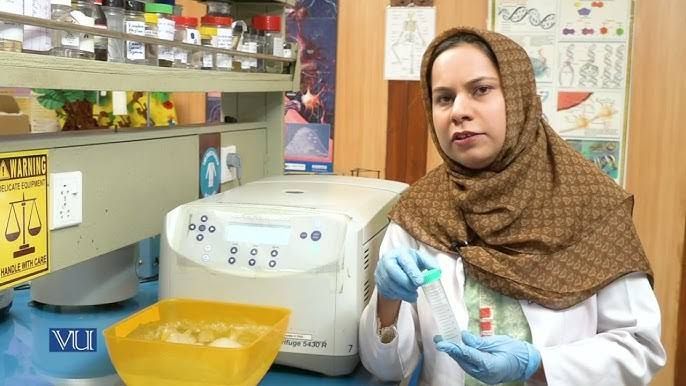
Competent cells are bacterial cells that have been treated to allow them to take up foreign DNA through a process known as transformation. This capability is crucial for molecular biology applications such as cloning, gene expression, and genetic modification. The most commonly used competent cells are derived from Escherichia coli (E. coli), which can be made competent through various methods, primarily chemical transformation using calcium chloride or electroporation.
Step-by-Step Procedure for Preparing Chemically Competent Cells
Step 1: Inoculation and Growth of Bacterial Culture
- Select a Strain: Choose an appropriate strain of E. coli, commonly DH5α or similar strains.
- Inoculate: Pick a single colony from an agar plate and inoculate it into 5-10 mL of Luria-Bertani (LB) broth.
- Incubate: Grow the culture at 37°C with shaking until it reaches an optical density (OD600) of approximately 0.4–0.6, which corresponds to the mid-log phase of growth.
Step 2: Cooling the Cells
- Transfer to Ice: After reaching the desired OD600, transfer the culture to a sterile centrifuge tube.
- Chill on Ice: Place the tube on ice for about 10-15 minutes to cool down the cells, which helps maintain cell viability during subsequent steps.
Step 3: Centrifugation and Resuspension in Calcium Chloride
- Centrifuge: Centrifuge the chilled culture at 4,000 x g for 10 minutes at 4°C.
- Discard Supernatant: Carefully decant and discard the supernatant without disturbing the cell pellet.
- Resuspend in CaCl₂ Solution:
- Prepare a cold solution of 100 mM calcium chloride (CaCl₂).
- Gently resuspend the cell pellet in an equal volume of this cold CaCl₂ solution.
- Incubate on ice for another 30 minutes, gently inverting the tube every few minutes to ensure thorough mixing.
Step 4: Second Centrifugation and Final Resuspension
- Centrifuge Again: Perform another centrifugation at 4,000 x g for 10 minutes at 4°C.
- Remove Supernatant: Discard the supernatant carefully, leaving behind a small amount to avoid drying out the pellet.
- Final Resuspension:
- Resuspend the pellet in a smaller volume (typically between 100-200 µL) of cold CaCl₂ solution or a suitable storage buffer like glycerol (10%).
- This step is crucial as it prepares the cells for efficient DNA uptake during transformation.
Step 5: Aliquoting and Freezing
- Aliquoting: Divide the competent cell suspension into small aliquots (20-100 µL each) using sterile microcentrifuge tubes.
- Flash-Freezing:
- Quickly freeze these aliquots in liquid nitrogen or dry ice/ethanol bath for about five minutes.
- Store them at -80°C for long-term use; this ensures that they remain viable and competent over time.
Alternative Method: Electroporation
Electroporation involves applying an electrical field to make bacterial cells permeable to DNA without using heat shock or chemical treatments:
- Preparation of Electrocompetent Cells:
- Grow E. coli as described above but wash them multiple times with ice-cold deionized water instead of CaCl₂.
- Resuspend in a glycerol solution (usually around 10%) after washing to remove salts that could cause arcing during electroporation.
- Transformation via Electroporation:
- Mix electrocompetent cells with plasmid DNA in an electroporation cuvette.
- Subject them to a brief pulse of high voltage using an electroporator, which creates transient pores in their membranes allowing DNA entry.
Storage and Handling Tips
- Keep all materials cold throughout preparation to maintain cell viability.
- Avoid repeated freeze-thaw cycles as they significantly reduce transformation efficiency; aliquoting into single-use volumes helps mitigate this issue.
- Store competent cells at -80°C; they can remain stable for up to one year if handled properly.
Conclusion
The preparation of competent bacterial cells is a critical procedure in molecular biology that enables researchers to introduce foreign DNA into bacteria effectively. By following these detailed steps—whether through chemical treatment with calcium chloride or electroporation—scientists can achieve high transformation efficiencies necessary for successful cloning and genetic manipulation experiments.







